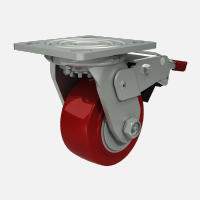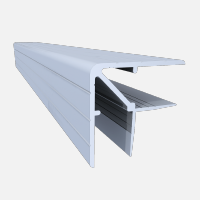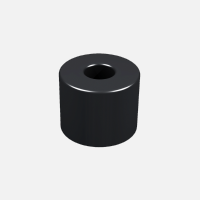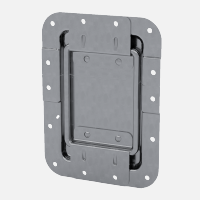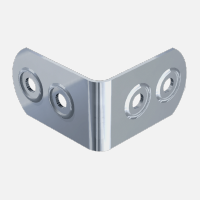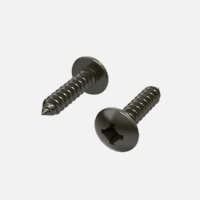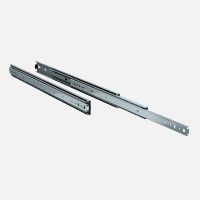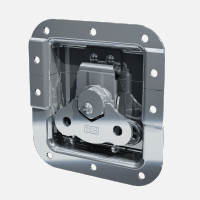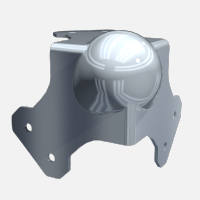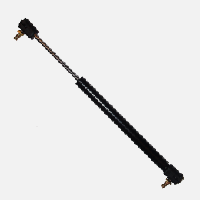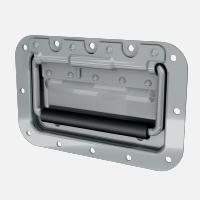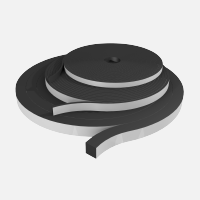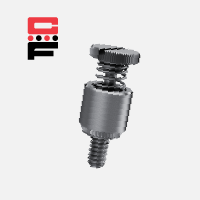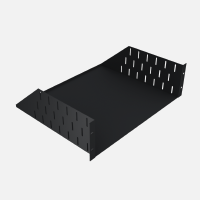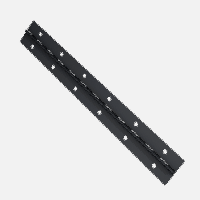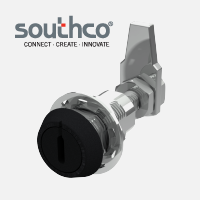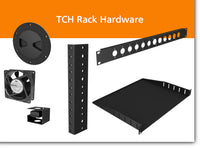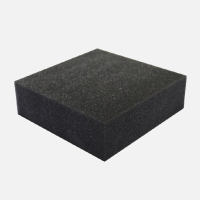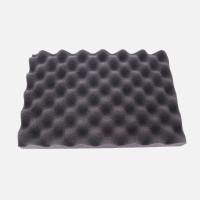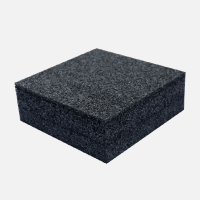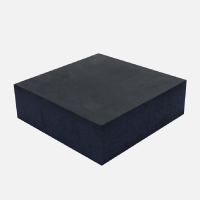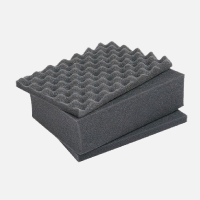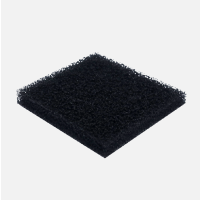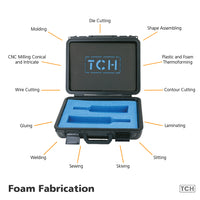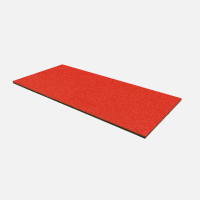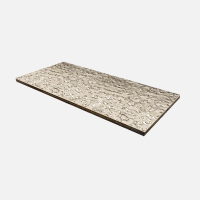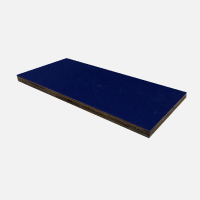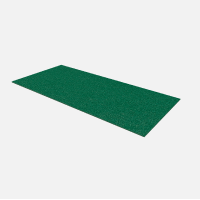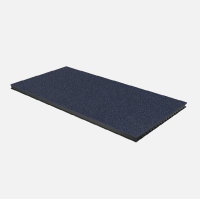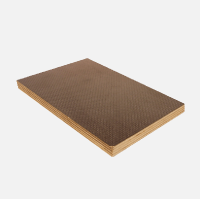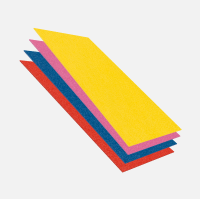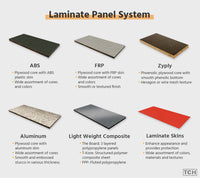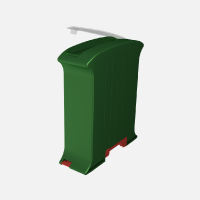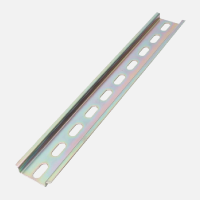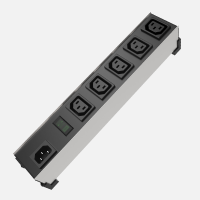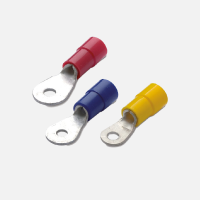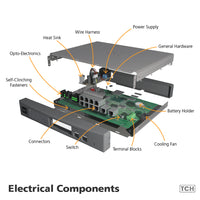Flight cases, also known as ATA cases and road cases, are containers built to protect equipment that frequently moves around. Popular in the music industry, flight cases are often used to transport musical instruments and equipment when touring. Sensitive equipment such as medical or firearms also requires protection when moving.
While flight cases are available prebuilt as a final product, many prefer to build their own. Due to the items they transport, many need specific customizations for their requirements. TCH carries all of the case hardware you'll need to fulfill your project's requirements. Whether it's for flight cases, or work boxes, quality is one of our top priorities. Keep reading for a breakdown of each case hardware component!
Case Hardware Components
Laminate Panels
Flight cases come in a variety of sizes which determines the dimensions for the laminate panels. They compose of sheets of wood (typically plywood) covered by a protective layer. While the laminate layer isn't required, they offer resistance to impact, weather, moisture, and ductility. They come in a variety of materials and colors, both for functionality and customization. Laminate panels available on TCH include ABS, Aluminum, FRP, Zyply, and Light Weight Composite.
Extrusions
Extrusions protect the exterior edgings and corner joints on the case. Typically made with aluminum or plastic, they protect the flight case against bumps and provides a finished look. Popular choices are single angle or double angle extrusions.
Corners
The impact points on cases are most often the corners. Made of steel (or sometimes plastic), frequently used corners are ball and flat corners. Ball corners are designed to handle any impact during transportation, while flat corners are beneficial when there are size limitations or design purposes.
Fasteners
A strong bond is needed to secure and hold the case and its hardware components together. Depending on your requirements and personal preferences, fasteners, rivets, and nuts are some options.
Hinges
Hinges are needed to hold the lid. There are a variety of sizes and styles to choose from depending on the case's requirements. Continuous/piano, weld-on, and take-a-part are some popular options. While not necessary to have on cases, lid stays are also helpful with propping the lid up.
Handles
Since flight cases travel often, handles provide an easy way to carry and move them around. Handles come in a variety of styles and sizes to fit your requirements and case size. Recessed handles are a popular choice since they're sturdy and provide a flushed look. Other options include mount handles, recessed handles, and strap handles.
Foam Inserts
Delicate equipment needs to be protected when being transported. While foam inserts are not required, it's recommended to protect the contents inside. There are various foams to choose from that can be custom-made to fit your equipment perfectly. For all of TCH's foam fabrication capabilities, visit https://tchfoam.com!
Casters
Flight cases come in a range of sizes, and casters provide ease when transporting. When deciding on a caster, always check the max load capacity and ensure it's more than your case. The weight of the load will affect its rollability. The surface of the ground will also determine which caster is best. Hard tread wheels are better for uneven surfaces, while soft treads are better for smooth surfaces.
Latches
All latches help lock and secure your flight cases close. Things to consider when choosing a latch are size/weight, function, style, and material. Since flight cases are moved and used frequently, stainless steel recessed latches are the popular choice. They are resistant to rust and corrosion, can withstand wear, and provides a nice finished look.
Clamps
Similar to corners, clamps brace and protect the corner where extrusions meet. It also provides a clean and finished look to the overall case. We highly recommend using zip clamps since they will cushion the corners where the lid meets the case.
Explore our in-depth breakdown of road case hardware and ATA road case hardware for durable protection. From flight case parts to guitar case hardware, we offer top-quality case hardware supplies for all your needs. Whether you're looking for music case hardware or reliable guitar case hardware suppliers, we've got you covered.




